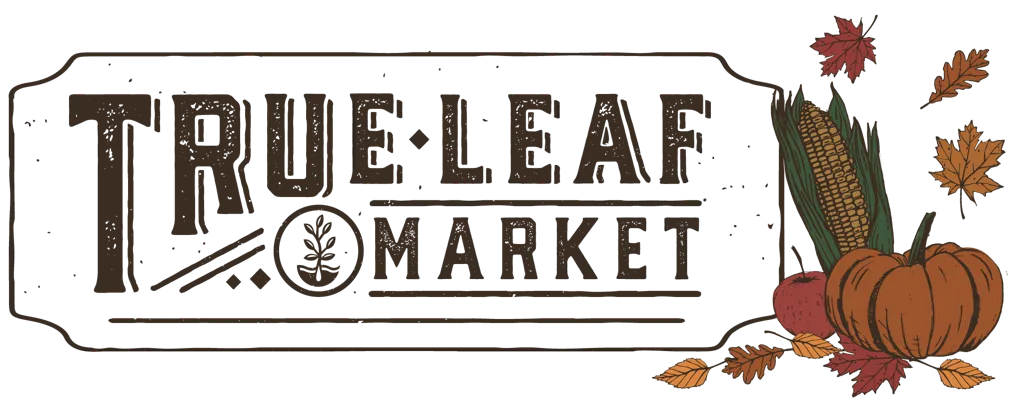Download Free Vegetable Growing Guide PDF
Growing Oriental Yard Long Pole Beans in the Vegetable Garden
Sow the seeds directly in the garden after the last frost date, when soil temperatures have warmed to at least 65 F. These beans do not transplant well, so direct sowing is the best method. Plant the seeds 1 inch deep, ensuring the soil is loose and well-drained. Space the seeds 4 to 6 inches apart within rows, and keep rows at least 24 inches apart. Since these are vigorous climbing plants, install sturdy trellises, poles, or other support structures when planting. These supports should be at least 6 to 8 feet tall to accommodate the vines’ rapid vertical growth.
These beans thrive in full sun and prefer warm temperatures, making them ideal for summer planting. Ensure the soil remains moist but not soggy. Water deeply once or twice a week, providing about 1 inch of water per week, adjusting based on weather conditions. Avoid overhead watering to reduce the risk of fungal diseases. Consider planting companion plants like corn, cucumbers, and eggplants for optimal growth. These plants create a beneficial microclimate and can help deter pests. Avoid planting with onions or garlic, which can inhibit bean growth.
Fertilize moderately with a balanced fertilizer (e.g., 10-10-10) at planting time. Too much nitrogen can lead to excessive vine growth at the expense of pod production. Compost or well-rotted manure can be added to enrich the soil before planting. Mulch around the base of the plants to retain soil moisture, suppress weeds, and keep the soil temperature stable.
Harvesting Oriental Yard Long Pole Beans
The pods should be harvested between 15 and 18 inches long and no thicker than a pencil. The beans are tender, crisp, and flavorful at this stage. Avoid allowing the pods to mature fully, as they can become tough and fibrous.
To harvest, gently grasp the pod and snap or cut it off the vine to avoid damaging the plant. Regular harvesting encourages the plant to produce more pods throughout the season. These beans are a snap variety, meaning they are best eaten whole while the pods are still young and tender.
About Oriental Yard Long Pole Bean Garden Seeds
These vines have a mind of their own and will grow up and around almost any support they are offered. This is a great opportunity to get creative in the home garden.
The vines produce striking purple flowers that bloom in pairs, which later develop into long, slender pods. They are known for their rapid growth — sometimes growing several inches in a single day — and prolific yields, making them a valuable crop for gardeners.
Tips From Our Gardeners
"Oriental Yard Long Beans are primarily used in Asian cuisines, especially stir-fries, curries, and soups. Their firm texture holds up well to high-heat cooking methods. "
 |
- Lara Wadsworth, True Leaf Market Writer
|
Other Resources
Oriental Yard Long Pole Bean Seeds Per Package:
- 7 g Packet - Approximately 40 Seeds
- 4 oz - Approximately 640 Seeds
- 1 lb - Approximately 2,500 Seeds
- 5 lb - Approximately 12,800 Seeds
- 25 lb - Approximately 64,000 Seeds
Non-GMO Oriental Yard Long Pole Bean seeds are available for Fast Free Shipping on qualifying orders.
=======
ATTRIBUTES
Basic Info
| Latin Name: |
Vigna unguiculata subsp. sesquipedalis
|
| Bean Sub-Type: |
Asian - Asian beans encompass a wide spectrum of bean varieties either originating from Asia or being especially popular in Asian cultures. Specialty - There are many subcategories of beans, and in the interest of simplifying what would be an overwhelming number of bean varieties, we group them as 'specialty.' These include but are not limited to yardlong beans, winged beans, hyacinth beans, sword beans, asparagus beans, adzuki, mung, garbanzo, and others. |
| Oriental Yard Long Pole Bean Color: |
Green |
| Oriental Yard Long Pole Bean Flavor: |
Mild, slightly sweet, and earthy with a subtle nutty undertone. |
Growing Info
| Hardiness Zone: |
3, 4, 5, 6, 7, 8, 9, 10, 11 Annual Crop: Not Intended to Overwinter |
| Days to Maturity: |
85 |
| Days to Germination: |
5-10 |
| Seeding Depth: |
1 inch |
| Plant Spacing: |
4-6 inches |
| Row Spacing: |
24 inches |
| Plant Height: |
108-144 inches |
| Growth Habit: |
Vining |
| Soil Preference: |
Beans prefer well-draining, nutrient-rich, loamy soil with a pH of 6.0-6.8. As light feeders and nitrogen-fixing legumes, beans do not require nitrogen-heavy fertilizers. |
| Temperature Preference: |
Warmer (70-85 F). |
| Light Preference: |
Full Sun |
Other
| Direct Sow: |
Yes, direct sow when soil temperatures are reliably above 60 F. Planting with an inoculant may increase yields, but is certainly not required for a successful grow. |
| Start Indoors: |
Not Recommended. Beans grow best without any root disturbance. We recommend direct sowing instead of transplanting. |
| Bean Pollination: |
Beans are self-pollinating as they contain both the male and female parts within their flowers, unlike other fruit and vegetable plants. While they are self-pollinating, having a variety of pollinators and flowers around will improve yields by ensuring the greatest chances for pollinating events to occur. |
| Snap or Shell Bean: |
Snap - Snap beans have a fleshy edible pod. Snap beans are also commonly referred to as string beans or green beans (though not all snap beans are green). They are called snap beans because they make a snapping sound when you break them in half. |
| Pole or Bush Bean: |
Pole - Pole beans are vining-type plants that put out runners that grow very long or tall. Pole beans are so-called because they require a trellis, support, or wait for it… a pole. Pole beans require more effort than bush beans but may also be grown in containers with the right support. |
| Plant Width: |
12-18 inches |
| Growth Speed: |
Mid - Ready for harvest around 66-86 days. |
| Deer Resistant: |
No |
| Germination Temperature: |
70-90 F |
| Garden Size: |
Greenhouse, Garden Plot, Raised Bed, Container |
| Bean Use: |
Asian dishes, boiled, stir-fried, blanched, canned, frozen, etc. |
| Climate Tolerance: |
Heat |



















